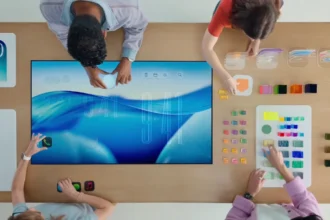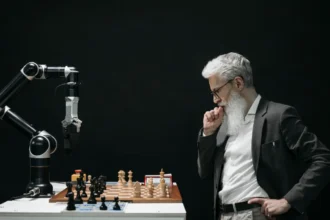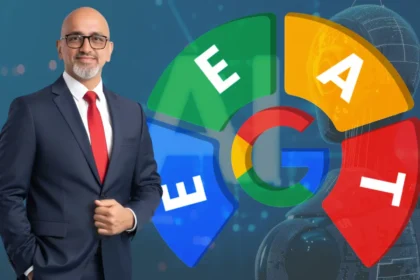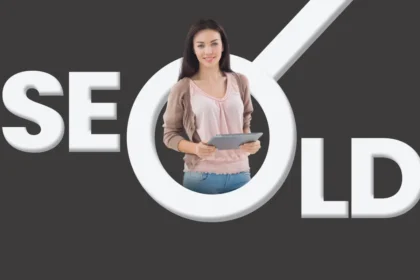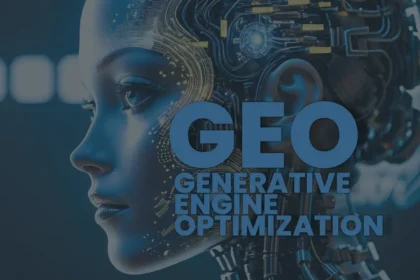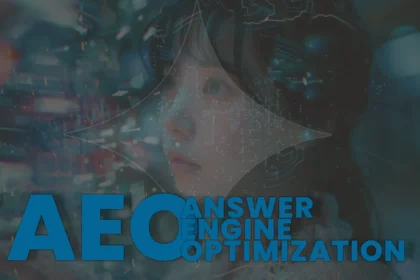In the ever-evolving world of user interface design, 2025 marks a new aesthetic chapter – the rise of Flat Skeuomorphism. This emerging design philosophy blends the clean minimalism of flat design with subtle realism borrowed from skeuomorphic principles. It’s a nuanced revival that satisfies modern usability standards while delivering depth, tactility, and intuitive interactions.
In this blog, we’ll unpack the concept of flat skeuomorphism, explore why it’s trending in 2025, and share actionable insights with real-world data, tools, and expert opinions.
What is Flat Skeuomorphism?
Flat Skeuomorphism is a design style that fuses the simplicity of flat design with the realism and visual cues of skeuomorphism, without the excessive ornamentation. It’s about achieving clarity, depth, and familiarity—without overwhelming the user.
“Flat skeuomorphism is like whispering reality into a minimalist interface.” – Designmodo, 2025
Instead of using hyper-realistic textures, designers now use light shadows, soft gradients, and layering techniques to simulate real-world affordances while keeping interfaces clean, fast, and responsive.
Why is Flat Skeuomorphism Trending in 2025?
1. User Expectations in an AI-Driven World
As AI systems become more complex and context-aware (think ChatGPT-6 or Siri 2.0), interfaces are expected to be emotionally intelligent, offering users familiar cues to build trust.
- According to Nielsen Norman Group (2025), 72% of users prefer UI elements that look clickable or interactive, especially in productivity tools and mobile apps.
- A study by UX Collective shows an 18% increase in engagement rates for apps using subtle skeuomorphic affordances over pure flat designs.
2. The Rise of Spatial and 3D Interfaces
With the growing adoption of AR/VR and 3D rendering in web environments, skeuomorphic elements are regaining relevance. But instead of full-on realism, flat skeuomorphism uses restrained 3D effects to support intuitive interactions.
- Apple Vision Pro, Meta’s AR devices, and even Google’s Material You update (2025) now include depth-responsive UI cues, shadows, and motion layers.
3. Emotional and Tactile Engagement
Interfaces that “feel real” trigger muscle memory and create emotional engagement. Flat skeuomorphism helps bridge the gap between digital coldness and human warmth, which is crucial for ecommerce, edtech, and health tech platforms in 2025.
Stat: A 2024 Adobe report found that users are 35% more likely to complete tasks in interfaces that use flat skeuomorphic design than in purely flat UIs.
Key Characteristics of Flat Skeuomorphism
| Feature | Description |
|---|---|
| Subtle Shadows | Provide depth while keeping it minimal |
| Soft Gradients | Suggest light sources without heavy textures |
| Realistic Motion | Smooth transitions mimicking physical movement |
| Tactile Feedback | Clickable elements have depth or bounce |
| Ambient Glow | Used sparingly to highlight action areas |
| Rounded Edges | Friendly, approachable feel |
Flat Skeuomorphism vs Other Design Styles
| Design Style | Visual Style | Use Case Fit (2025) |
|---|---|---|
| Flat Design | Clean, 2D, minimal | SaaS, dashboards |
| Skeuomorphism | Hyper-realistic | AR/VR, niche UI |
| Neomorphism | Soft 3D, glassy | Smart homes, fintech |
| Flat Skeuomorphism | Minimal + Real cues | Productivity apps, mobile UX |
Tools & Frameworks Supporting Flat Skeuomorphism in 2025
- Framer AI – Auto-generates UI with interactive shadows and microinteractions
- Figma 2025 Update – Includes smart-depth design features and responsive realism templates
- Spline 3D – 3D interface design for web and AR, useful for realistic affordances
- React Spring + Tailwind CSS – Combine motion and depth in modern front-end frameworks
Real-World Examples in 2025
1. Notion Pro (2025 UI Overhaul)
- Introduced hover-depth indicators and animated panels using flat skeuomorphic design
- Result: +22% task completion speed among beta users
2. Duolingo VR App
- Lessons simulate flipping flashcards and typing on tactile keyboards with ambient shadows
- Result: Increased user retention by 16% in early 2025
3. Tesla’s Dashboard UI
- Uses semi-realistic widgets with minimal shading to mimic physical dashboard buttons
- Enhanced user focus while driving and higher satisfaction scores
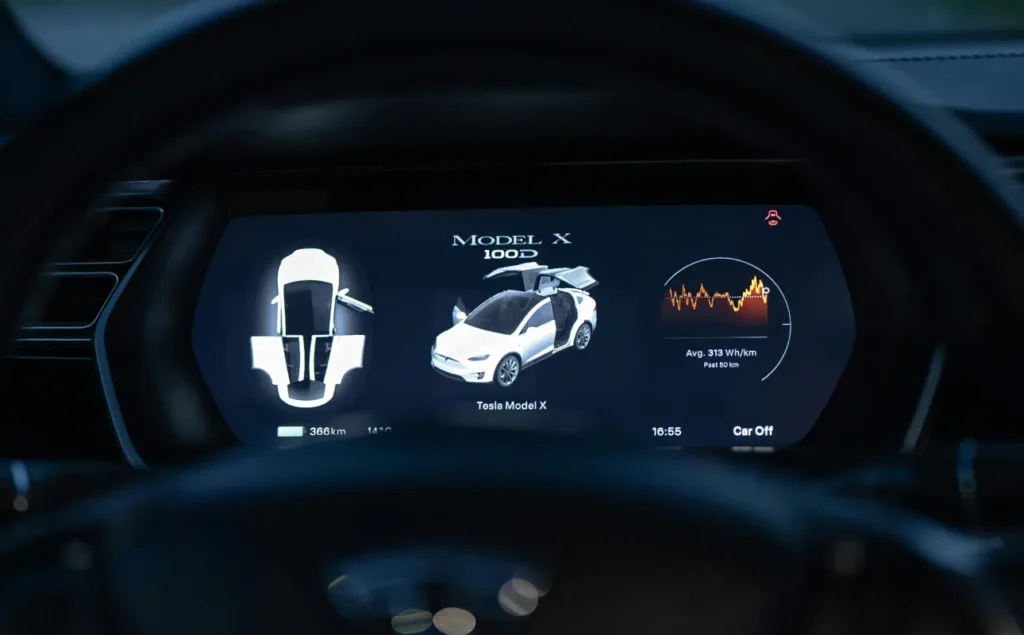
How to Implement Flat Skeuomorphism in Your UI Projects
- Start with a flat base – Focus on layout and clarity
- Add light shadows and gradients to interactive elements only
- Use subtle motion or microinteractions for feedback
- Avoid texture overload—don’t go full skeuo
- Test with real users – observe reactions to simulated depth
Pro Tip: Flat skeuomorphism is not about nostalgia; it’s about functional familiarity. Use realism with purpose.
The Future of Flat Skeuomorphism: Where is it Heading?
In the coming years, expect this trend to evolve with:
- AI-generated adaptive UIs that morph depth/shadow based on user preferences
- Dynamic lighting effects in web and mobile apps based on screen time and environment
- Haptic feedback UIs where digital elements feel more real
Flat skeuomorphism will continue to be the golden middle path—sophisticated enough for modern aesthetics, yet grounded enough for universal usability.
Final Thoughts
As we step deeper into a hyper-digital world in 2025, the challenge for UI designers is not to impress, but to connect. Flat skeuomorphism achieves this balance by speaking the visual language of the real world through the lens of minimalism.
If you’re a brand or designer aiming to build intuitive, delightful, and future-proof interfaces, flat skeuomorphism deserves a place in your design toolkit.





